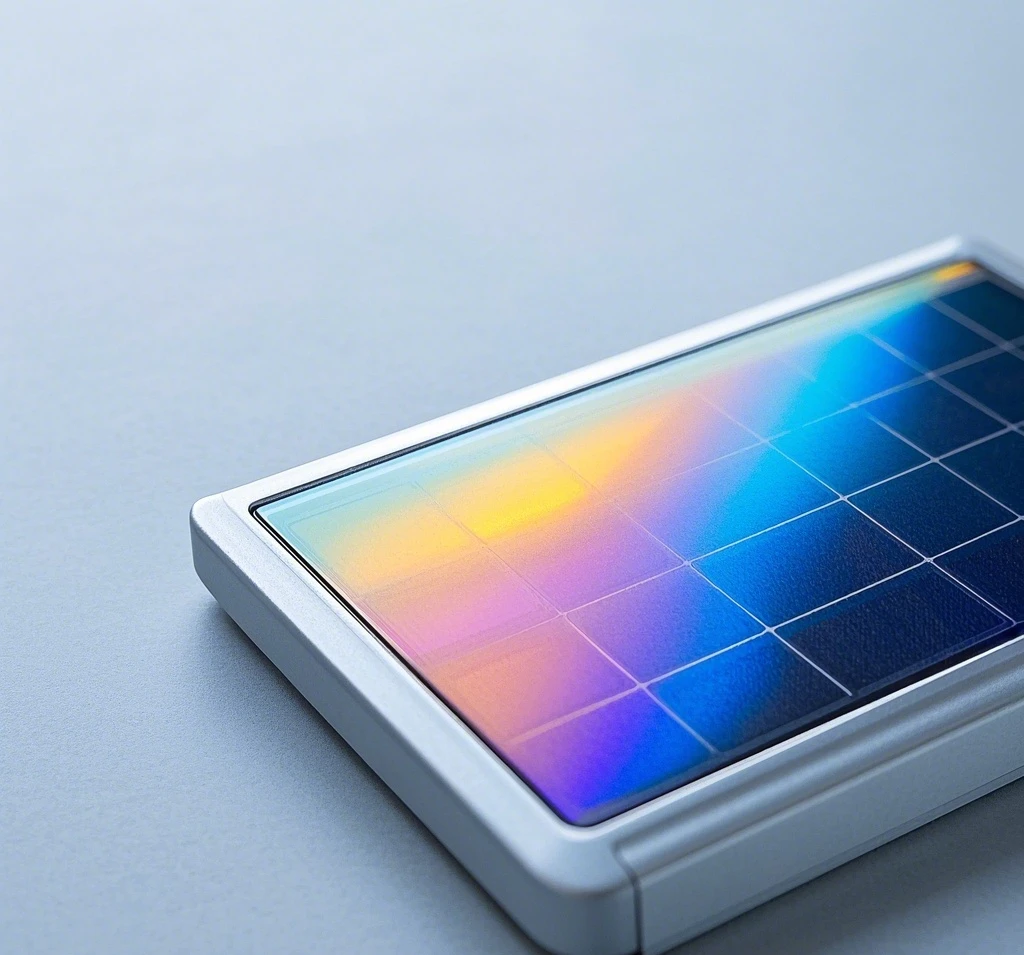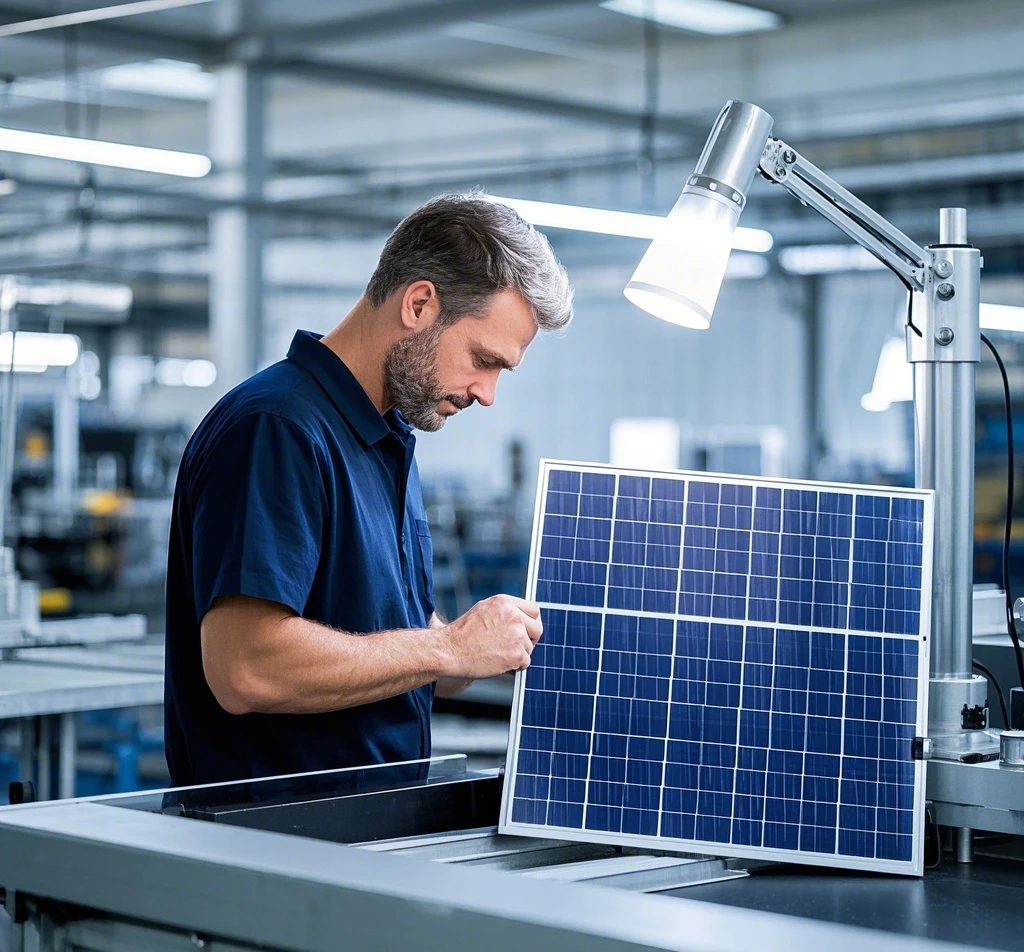The global energy landscape is undergoing a profound transformation, with renewable sources gaining prominence. Solar energy, a clean and sustainable option, continues to expand its reach. Outdoor lighting solutions, such as solar path lights, play a vital role in urban illumination and landscape design. Yet, their performance often falters in low-light settings like cloudy days or twilight, limiting their effectiveness. A breakthrough in amorphous silicon technology promises to address this issue. This article examines how this innovation enhances efficiency in dim environments, supported by authoritative U.S. research.

Understanding Amorphous Silicon Technology
Amorphous silicon technology employs non-crystalline silicon to produce solar cells. Unlike crystalline silicon with its ordered atomic structure, amorphous silicon features a disordered arrangement. This allows for cost-effective production and exceptional light absorption. The cells perform remarkably well under weak illumination, maintaining high photoelectric conversion efficiency. Such properties make them ideal for devices operating in low-light conditions. Their compatibility with flexible substrates also broadens design possibilities, distinguishing them from traditional crystalline silicon cells.
Challenges in Low-Light Conditions
Outdoor solar-powered devices frequently encounter variable light levels due to weather or time of day. In overcast skies or at dawn and dusk, sunlight diminishes, reducing the energy captured by solar panels. This leads to weaker battery charging and compromised performance. Conventional solar cells experience a steep decline in efficiency under these circumstances, often resulting in insufficient brightness or limited operating duration. Users frequently note these shortcomings, which hinder the reliability of solar lighting in less-than-ideal settings.

A Game-Changing Technological Breakthrough
Researchers have advanced amorphous silicon technology to overcome these obstacles, significantly improving performance in dim conditions. A critical enhancement comes from refining the manufacturing process. Plasma-enhanced chemical vapor deposition (PECVD) enables precise control of thin film growth, yielding higher-quality, uniform amorphous silicon layers. Fewer defects in these films boost efficiency. Multi-layer designs further extend light absorption paths, capturing more energy in weak illumination. Tests show a 50% efficiency increase for solar path lights using this technology. Companies like bitpott solar light Manufacturer are leveraging these innovations, bringing cutting-edge solutions to the market.
Insights from U.S. Research and Reports
The National Renewable Energy Laboratory (NREL) offers robust evidence supporting these advancements. NREL studies reveal that amorphous silicon solar cells outperform their crystalline counterparts in low-light scenarios, achieving efficiencies above 10% at 200 lx—equivalent to cloudy day conditions. Crystalline silicon, by comparison, lags under the same constraints. This highlights the technology’s suitability for solar light applications. Peer-reviewed journal articles reinforce these findings, detailing how optimized amorphous silicon cells enhance efficiency and reduce costs. NREL’s research, paired with academic insights, underscores the transformative impact of this development.
Conclusion
Amorphous silicon technology marks a pivotal advancement for solar-powered lighting in low-light environments. Improved manufacturing and cell design have driven a 50% efficiency gain, expanding the reliability and scope of these devices. This progress strengthens their role in urban and decorative illumination, aligning with the push for renewable energy adoption. Future refinements promise even greater potential. Innovations from leaders like bitpott solar light Manufacturer will continue to propel this technology forward, illuminating a sustainable future with efficient solar path lights.


Leave a Reply